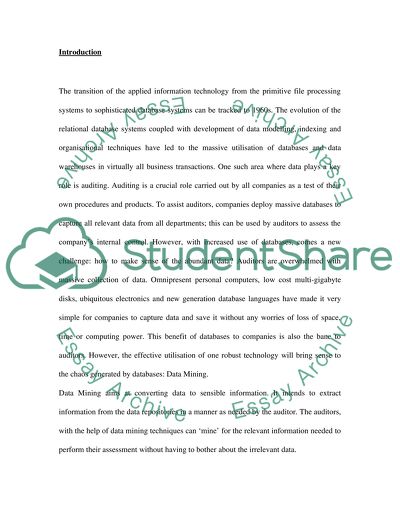Cite this document
(“Data Mining for Auditing Essay Example | Topics and Well Written Essays - 2000 words”, n.d.)
Retrieved from https://studentshare.org/miscellaneous/1517512-data-mining-for-auditing
Retrieved from https://studentshare.org/miscellaneous/1517512-data-mining-for-auditing
(Data Mining for Auditing Essay Example | Topics and Well Written Essays - 2000 Words)
https://studentshare.org/miscellaneous/1517512-data-mining-for-auditing.
https://studentshare.org/miscellaneous/1517512-data-mining-for-auditing.
“Data Mining for Auditing Essay Example | Topics and Well Written Essays - 2000 Words”, n.d. https://studentshare.org/miscellaneous/1517512-data-mining-for-auditing.


